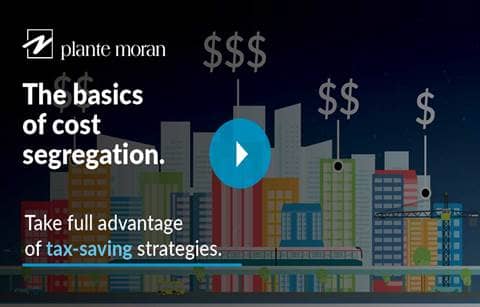The recent passing of the Sustainability Standards Board of Japan (SSBJ) sustainability standards marks a landmark moment for businesses operating in Japan. The new rules — carefully aligned with the International Sustainability Standards Board (ISSB) IFRS Sustainability Disclosure Standards — put Japan among the growing number of countries enacting sustainability reporting standards. By introducing these regulations — aimed at bridging global ESG standards with localized application — Japan is setting a clear pathway for organizations to enhance its environmental, social, and governance (ESG) commitments.
The SSBJ’s adoption is currently voluntary, but if you’re doing business in Japan the roadmap to mandatory compliance is clear. The rollout of compliance requirements is based on market capitalization, beginning with companies exceeding a market capitalization of 3 trillion JPY in March 2027, and expanding over subsequent years to include companies with smaller market capitalizations by March 2029. The new policy means that organizations of all sizes need to understand not only the requirements but also the broader implications for their operations and business strategy.
Building a path forward: Proactive compliance
To ensure alignment with the new SSBJ standards, your organization should start taking immediate steps to not only achieve basic compliance but also to leverage these regulations as a platform for strategic development. Follow these practical steps to start your process.
1. Assessment and gap analysis
Conduct a comprehensive review of your existing ESG disclosures to determine how they align with the new Japan-specific and ISSB standards. Determine where your current practices fall short of the required standards and map out a targeted strategy for compliance.
2. Strategic planning and early adaptation
Not all ESG factors have immediate implications for your operations; prioritize them based on materiality and impact. Start small but think big — develop an incremental approach to adopting the standards to mitigate operational disruptions.
3. Stakeholder engagement
Foster cross-departmental collaboration to ensure you cover all facets of your business that’s affected by ESG factors. Engage with investors and stakeholders to communicate your roadmap toward achieving compliance and how it aligns with broader sustainability goals.
The risks of noncompliance
The risk for your business by delaying engagement with the new standards is substantial. Remember, the current voluntary nature of reporting is a temporary phase before a shift to mandatory disclosure. If your organization misses the timeline and fails to comply with the SSBJ standards, you can expect significant financial and reputational risks, including substantial penalties, eroded investor confidence, and harm to brand reputation. It could also limit access to capital and hamper your long-term competitiveness.
Strategic advantages beyond compliance
Embarking on this journey isn’t just about avoiding penalties; it’s a strategic choice that can offer your business multiple benefits.
- Investor trust: Robust ESG practices build trust and attract ESG-focused investment.
- Operational excellence: Following sustainability standards can bolster your operational efficiency and risk management strategies.
- Enhanced reputation: Positioning your company as a sustainability leader can enhance brand reputation and customer loyalty.
Japan’s global commitment with a local perspective
By incorporating jurisdiction-specific alternatives, Japan is ensuring that its sustainability standards are not a “one-size-fits-all” but are adaptable to the unique needs of Japanese entities. This flexibility integrates global sustainability practices while respecting local context, setting the stage for responsible business innovation.
Turning mandates into momentum
While aligning with new Japanese ESG standards carries its share of challenges, starting early offers strategic advantages. By conducting a thorough assessment of current disclosures, identifying gaps, and addressing them proactively, you’ll be prepared for future compliance while defining your company’s legacy as a champion of sustainability and ethical business practices. As the deadline for compliance shifts from voluntary to mandatory, you can be part of a transformative journey toward a more sustainable future.





